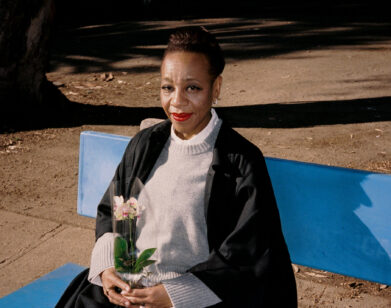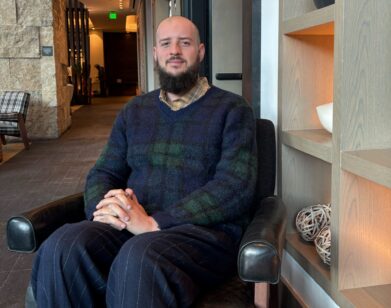The Bushwick Film Festival: A Wrap-Up

It might not have the name recognition of the film showcases at Cannes, Berlin, or even Tribeca, but for the past two years the Bushwick Film Festival has lent a screen to a host of emerging artists in the creatively fecund borough of Brooklyn. Since 2007, the festival has annually attracted an array of entries from both conventional and experimental filmmakers, with everything from video art to documentaries on display.
While, in past years, screenings had been spread out in various Bushwick venues, this year the Festival was held entirely at Lumenhouse, a warehouse-like gallery space on Beaver street. The festivities, spread over three days, kicked off with a panel advising aspiring directors on how best to take advantage of the festival. (Independent film is “the sewer of these big businesses,” reminded one panelist.)
The first round of short films showed off a range of directorial styles and techniques, from the Untucked Films’ sharply written 16-minute black comedy “The Funeral” to Juan David Gonzalez Monroy’s political “How to Catch a Mole,” an experimental short composed entirely of found footage that Monroy hand-colored frame by frame, giving the impression that a virus was ravaging the film stock as the audience watched. Others had slightly more straightforward goals: “The idea was to get a good throat cut, get it nice and bloody,” explained actor Zeus Miller, who staged a messy suicide scene in Con Phelan’s “Monday.” Opening night closed with Sebastian Doggart’s American Faust: From Condi to Neo-Condi, a documentary that tracks Condoleeza Rice’s shifting political ideologies and ascent to the White House. (The title reveals most of Doggart’s central thesis).
The second day of screenings featured two documentaries, Elizabeth Wood and Gabriel Nussbaum’s Wade in the Water and Joshua Weinstein’s Flying on One Engine. The result of a free arts program to help children in post-Katrina New Orleans explore their feelings, Wade in the Water compiles the footage shot by eighth graders in an Uptown public school’s documentary film class. What the young documentarians lack in technical finesse they more than make up for in the raw emotional power of their work, presenting a devastating portrait of adolescence in a part of the city that was plagued with decay and violence long before the floodwaters hit.
Flying On One Engine offers a fascinating look at Dr. Sharadkumar Dicksheet, a wheelchair-bound surgeon who, despite suffering from a host of crippling medical ailments himself, travels to India for six months of every year to perform “marathon-like surgery sessions,” treating children with cleft palates. Director Joshua Weinstein has a light touch, presenting a nuanced view of Dr. Dicksheet and his controversial ideology on what it means to help others. (According to Dicksheet, Mother Theresa didn’t deserve her Nobel peace prize because she “picked up people for others to wash…she didn’t do a damn thing [herself].”)
Saturday also featured a smattering of short films, including several music videos. With a Gonry-like approach, Oliver Conrad’s video for Krussia and C-Rayz Walx’s hip-hop anthem “Fuck That” compiled thousands of still photographs to produce the effect of an “invisible force” dragging the rappers across the floors of an apartment building. Marcel Simoneau presented a satirical commercial for the drug Human-X (“It’s poison. It kills you,” deadpanned the narrator) as well as the music video for Ian Huggins’ “NT7” that played with images projected onto a woman’s naked body.
The festival closed on Sunday with a healthy dose of animation, capped off with a panel on digital filmmaking and “Sweater Club,” an absurdist half-hour comedy that traced the trials of a public access kids show host. Bushwick is still a long way from Sundance, but as the 2009 Bushwick Film Festival proved, Brooklyn can certainly hold its own.






